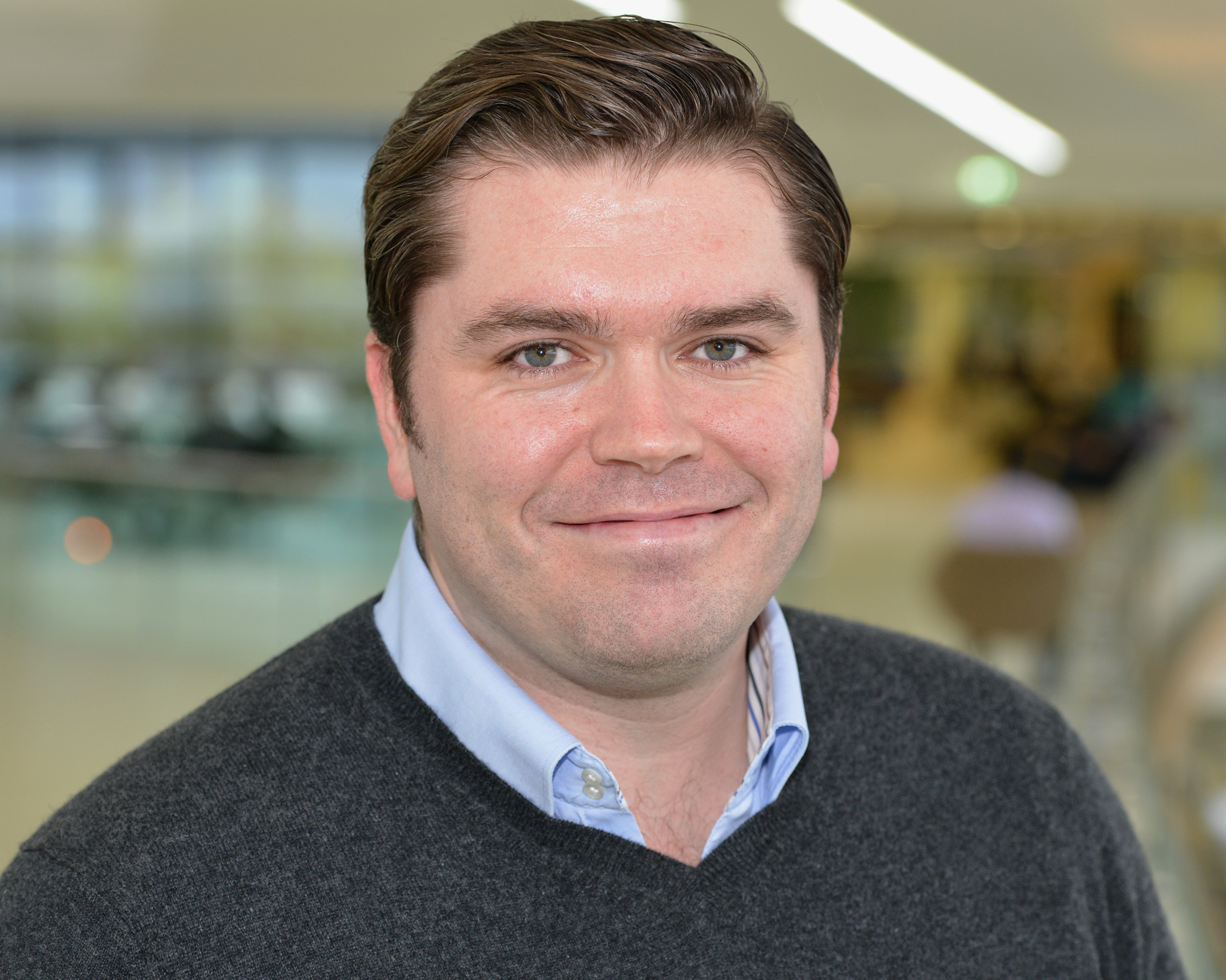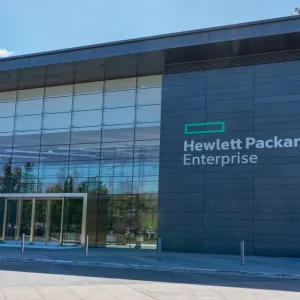
O2 has long marketed itself as a customer-centric mobile network. This week saw the announcement of what it calls ‘the UK’s first intelligent network’. This analyses customer experiences and behaviours in a defined area to determine the best coverage and capacity parameters, communicating directly with O2’s remote tilting antennae to optimise the service for customers.
CBR spoke to Brendan O’Reilly, the O2 CTO, to find out whether the company was applying the same customer-centric approach to innovation.
CBR: Which O2 innovations are you most excited about?
For me the exciting thing will be getting wi-fi calling and VoLTE working, and the seamless handover between the two. The real benefit for customers is that they will be able to have a ubiquitous service using wi-fi, 2G, 3G and 4G. That handover is very important. Being able to use a wi-fi service and having it not handing over is not really what customers need or what.
Beyond that, there is 5G, which we’re just at the start of: the ability and the capacity that that will give networks to deal with growing demands of customers. With 100 percent year-on-year growth in data usage, our ability to deal with that is exciting in itself. So it’s not one innovation but the way that we’re going to have to fundamentally change the way we deliver networks; we’re at quite an exciting juncture.
CBR: How do you think this seamless coverage will transform how we live and work?
98 percent of the population will have 4G coverage with O2 by 2017, we have 11,000 wi-fi hotspots and that will only grow. People have wi-fi at work and at home.
To be able to start a call on wi-fi in a hotel, to be able to hand over to the cellular network as you leave, then drive home – being able to make door-to-door calls – will change the way people use networks and see networks.
Beyond that, there’s the next stage: how can the health service use this ubiquitous layer and how can we change social care within some of the poorer areas of the country where they don’t have broadband services?
So changing the way social care is delivered plays into how networks can help society change how people deal with each other. It’s a really powerful thing to think of the future of mobile networks.
CBR: How is the 4G roll-out going?
We came to an agreement in May-June 2012, we started work in September 2012 and our first sites went live in August 2013. At the end of this month we will be at 65 percent in-door population coverage. Obviously when you first start you make bigger gains and as you reach the edge of the network it becomes harder.
We’re on track to meet our coverage obligation as part of our license: 98 percent by the end of 2017. Like any roll out programme it has its challenges. However, we have rolled out faster in the last 2 years than we have at any other time.
We are confident that hitting that obligation and delivering to customers is within our grasp for 2017. As a networks team we’re really keen to go as fast as we can and make the changes.
O2 emphasises serving the needs of the customer. Is there sometimes too much of a focus on developing new technology – for example, in current efforts to standardise 5G – without applying this to a customer demand?
I think they go hand-in-hand. You need people driving and innovating to be able to then have other people work out customers are going to use it.
If we look at VoLTE and wi-fi calling, for us, the capability is there. Our heritage is customer-focused, customer-centric network, so making sure that it always works in the right way for customers is how we want to drive our innovation.
Yes I think there is sometimes a rush for what is new, but without that rush for what’s new, where is the excitement about how it can be used, so I think you need both. For us as a networks team and organisation, we’ve always been keen that the focus is absolutely on the needs of customers.
CBR: Do wi-fi calling and VoLTE provide an opportunity to compete with OTTs?
I think the OTTs are competing with us, rather than us competing with them. If you take something like WhatsApp audio, I think people still generally want to use their handset to make calls. It’s got your contacts, it’s your go-to place.
The relationship we have with our customers is [also] hugely important. I think our customers trust us with their information and also their experience. So I don’t think we’re in competition with OTT players from a voice point-of-view. What I think we need to lead on is absolutely at the heart of our customers’ experiences and making sure that we connect them to the things and people they love.
CBR: How can a pure-play mobile operator compete in a quad-play dominated market?
People are moving towards quad-play, but we’ve had it in the UK for a number of years through Virgin Media. You can see the adoption rates of quad-play for yourself. I think it’s an interesting concept and I’m not sure we’ve seen it work in this country so far to the extent that everyone is expecting.
We can compete by doing all of the things we talked about today. If we are the most customer-centric mobile network, if we are monitoring the experiences of 24.8 million customers and making changes that are for their benefit, if we become the network of choice for customers because they understand that every change we make is to improve their experience, that’s how we compete.
Being the best mobile operator is the best way to compete with other mobile operators, whether they have other plays or not.






